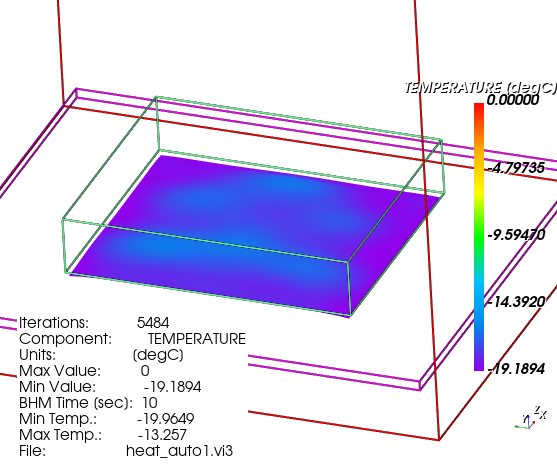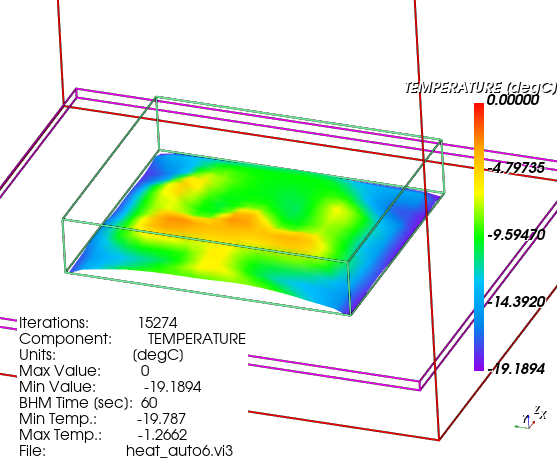QuickWave 2024
Software for electromagnetic design and simulations based on conformal FDTD method.
Dear QuickWave Users,
QWED has continued efforts on extending availability, speed and functionality of the QuickWave software for electromagnetic design as well as the scope of its applications.
We are pleased to announce that the newest QuickWave 2024 has been released.
QWED has continued efforts on extending functionality of the QuickWave software for electromagnetic design as well as the scope of its applications. With the introduction of QuickWave 2024 we expand the possibilities with fast and easy project design, fast and accurate simulation and more flexible user interface.
The speed of simulation is an important issue. Multiprocessor/Multicore and GPU versions of QW-Simulator allow very fast simulations of large real-life problems with very high accuracy of the simulation results.
New Antenna Array postprocessing speedups Antenna Array radiation pattern calculations for arbitrary antenna excitation amplitude and delay distribution.
Up to version 2023 of the QuickWave simulator user could calculate antenna array with arbitrary excitation distribution by performing full FDTD simulation for each excitation distribution set. Usually such approach was time consuming and not flexible. In version 2024 user can calculate NTF transformation box for each antenna of antenna array for defined excitation (usually for normalized excitation signal amplitude and delay) in one FDTD simulation calculations saving appropriate NTF Fourier components in binary file for later usage to calculate antenna array radiation pattern for arbitrary excitation schema and arbitrarily selected angles Phi and Theta.
Calculation of Radiation Pattern for arbitrary Theta, Phi or any other distribution of amplitudes and delays not required FDTD simulation but only fast (takes seconds - depends on model size) postprocessing calculations.
View Fields Collection allows for loading Volume Instantaneous (*.vi3) files with field or temperature distribution after each step of the BHM process and shows the step by step preview from consecutive files.
Working with multiple monitor was improved - dialogues will be open in the resolution area taken from connected monitors excluding disconnected monitor.
Energy monitoring during simulation, a useful solution for simulation convergence monitoring, has been introduced.
New QW-Modeller for QuickWave, with new geometrical kernel, allows for parametrisation of the model with user defined variables and Spreadsheet workbench for more complex formulas. The parametrisation also allows for optimisation or grid-search procedures of QW-Optimiser Plus.





